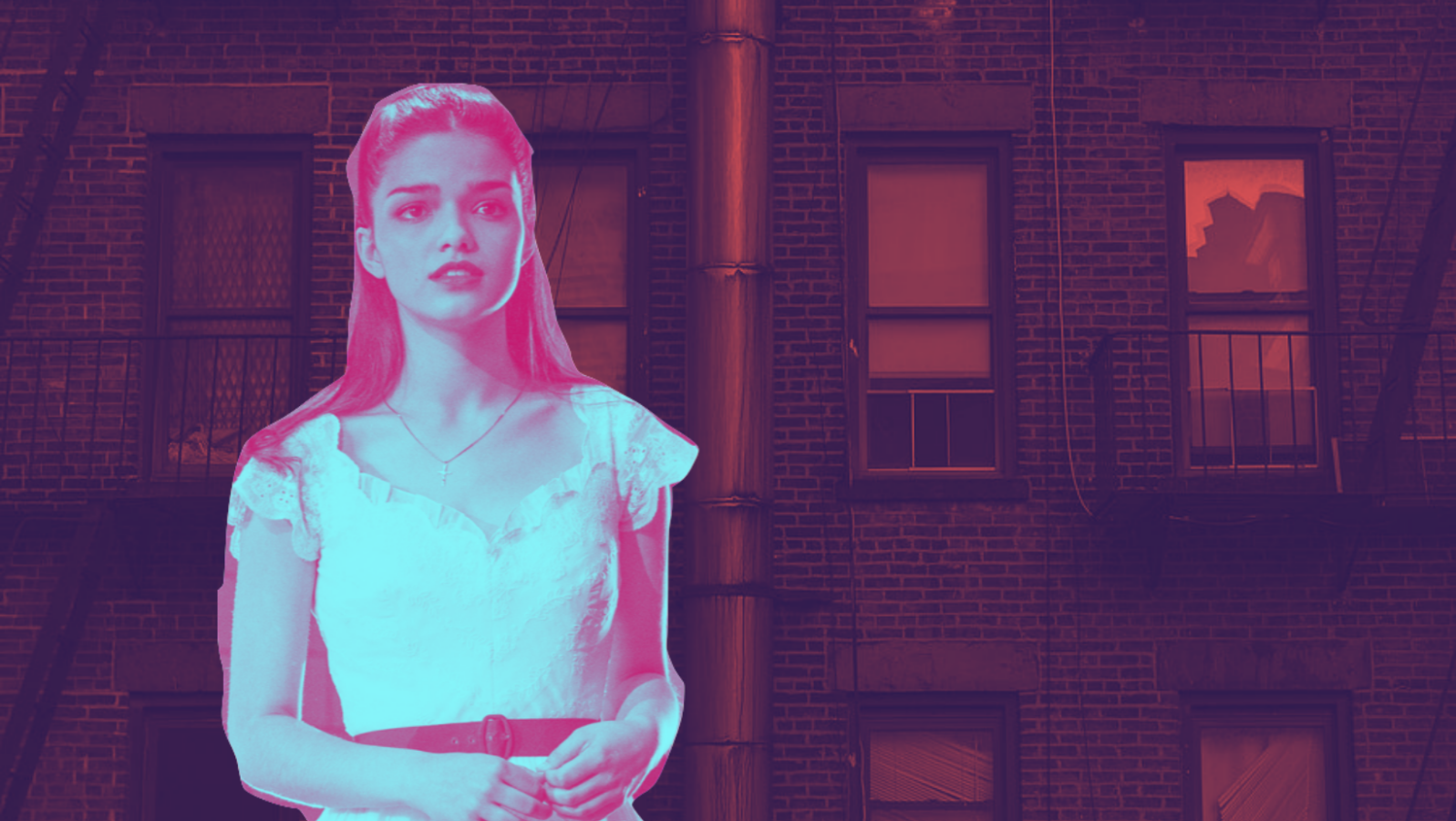On December 10, the new film adaptation of West Side Story hit theaters. This musical has been a mainstay on Broadway since it premiered in 1957, prompting multiple revivals and tours and more than one movie. A Romeo & Juliet retelling set in 1950s New York, the center of this story is the forbidden love trope. Two lovers, separated by circumstances they can’t control, fighting to be together again… it’s a tale as old as time.
Tragic romances, usually ending in death
At the time Shakespeare wrote his (arguably) most iconic play, the tradition of tragic romance was well-established. Thanks to his work, still assigned in high schools everywhere, that tradition is still alive and well. In pop culture, Romeo and Juliet are often held up as the ideal of romantic lovers. After all, they literally die because they cannot imagine living without each other. What could be more romantic than that? Right…?
Their love is forbidden because their families are sworn enemies. Usually, they would kill each other on sight, but these two fall for each other before they reveal their identities. Forced apart, they try to come back together again and ultimately fail.
Many classics have followed this “we love each other, even though our families hate each other” trope to great success. However, another popular way to keep lovers apart is to make them already married. Famous (or infamous) Russian classic Anna Karenina uses an affair to explore themes like marriage and betrayal. Spoiler alert: this story also ends tragically.
Rich girl, poor boy
Move forward a couple of centuries, and forbidden love takes a new form. In the 90s, many romances focused on class differences. Disney’s Aladdin follows the story of Aladdin (surprise surprise), a street rat who falls in love with a princess. Unfortunately, the law forces Princess Jasmine to marry royalty.
The iconic epic romance, Titanic, had a similar storyline. There is no legal reason why the love interests, Rose and Jack, can’t be together, but Rose needs to marry her rich, jerky fiance to save her family from financial ruin. This type of storyline is popular in many movies, books, and shows set in this era, from Downton Abbey to the works of Jane Austen.
Forbidden love lives on in YA Fantasy
These days, forbidden love stories are rarely grounded in the real world, because that kind of obstacle is no longer a possibility for most people. Class differences still exist, but we would have a hard time believing that two high schoolers can’t date because one is richer than the other. It would also be a stretch to convince readers that a teenager in L.A. belongs to a gang or a family trapped in a decades-long feud. There are exceptions: Frankly in Love follows a Korean boy who isn’t allowed to date white girls because of his parents’ racism. However, the trope still thrives in fantasy.
In a fantastical world, there are many reasons for lovers to be kept apart. Maybe they belong to different species that are forbidden from romantic entanglements, like in An Enchantment of Ravens. Maybe their two tribes hold deep grudges, like in the viking fantasy Sky in the Deep. For whatever reason, love between this couple is seen as unacceptable.
Advertisement
As the story of Tony and Maria hits the big screen, I have no doubt that we will see even more Romeo and Juliet retellings throughout YA, some fantastical, and maybe even some realistic, like this one.
Ultimately, I think we love this trope for the same reason we love bad boys or monster boyfriends. We’re addicted to the danger, the thrill. A shiver runs up and down our spine. We keep turning the pages. But I also think it’s deeper than that. We watch forbidden love stories because we want to know that love conquers all. When there is a sad ending, we cry, but when the ending is happy, we rejoice!
Recent Book Recommendations
- Sky in the Deep by Adrienne Young
- These Violent Delights by Chloe Gong
- The Cruel Prince by Holly Black
- Frankly in Love by David Yoon
- An Enchantment of Ravens by Margaret Rogerson
This feature is part of a series called Trope Tuesday here on the Books section of The Young Folks. In this series, we choose a trope that we love and explore its history, what is special about it, and provide recommendations!
Advertisement
Advertisement
